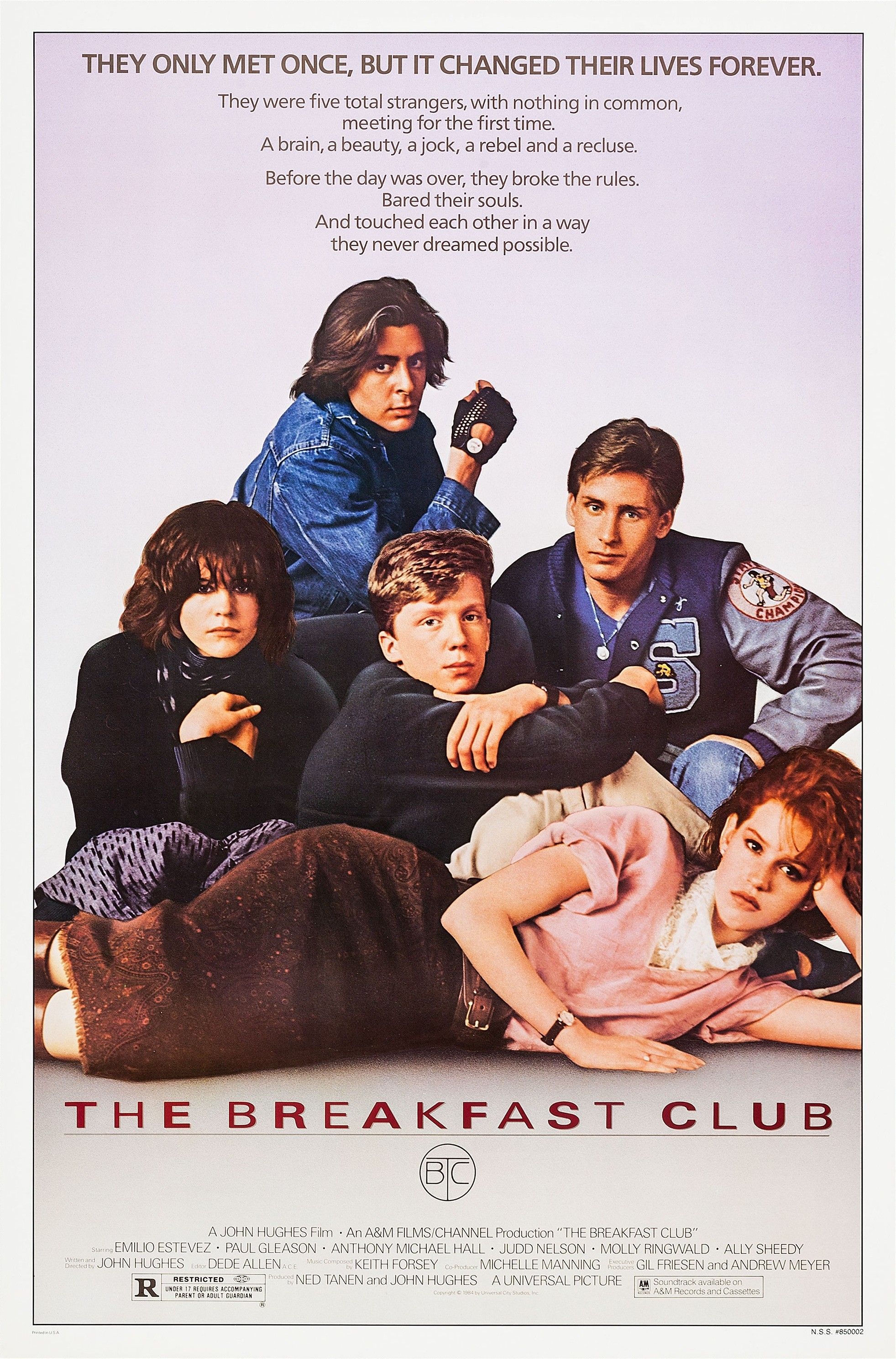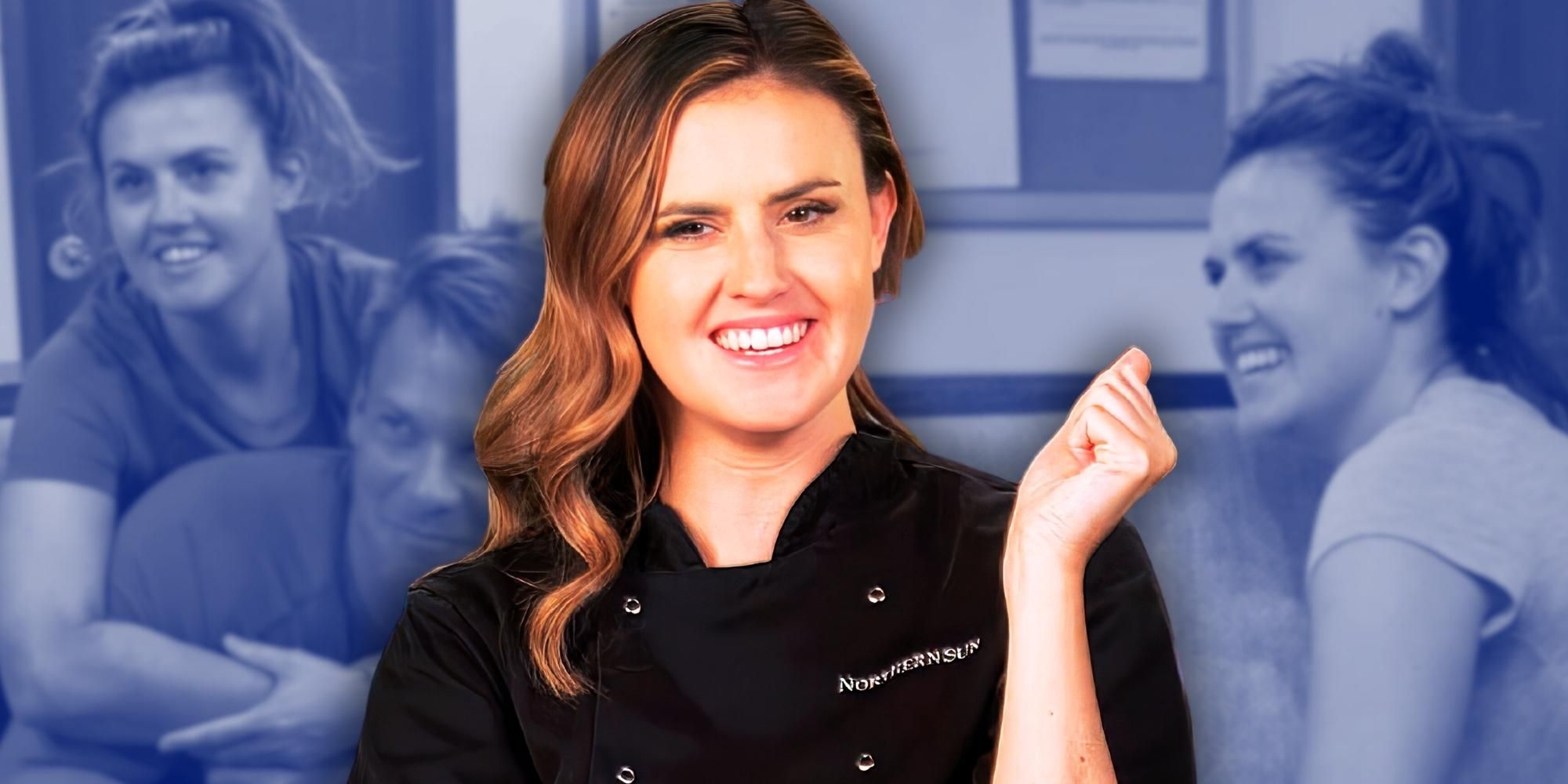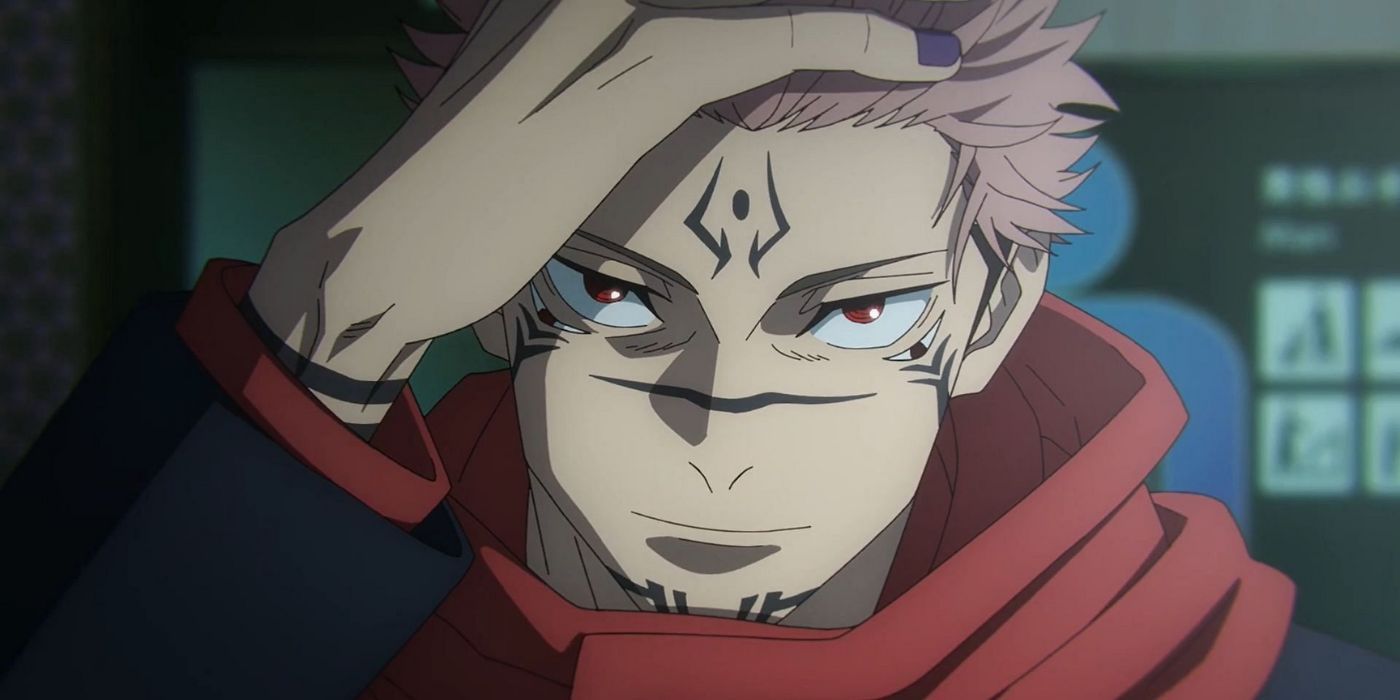The Brat Pack dominated the 1980s with their presence in coming-of-age films, yet one creative has always stood out as one of their favorite partners—John Hughes. Though the writer-director is a defining voice in comedy from the era, delivering classics like Planes, Trains and Automobiles, Home Alone, and National Lampoon's Christmas Vacation, some of his best work has come with the young, fast-rising stars. Their defining achievement, The Breakfast Club, set a particularly high bar for teen movies, with Emilio Estevez, Molly Ringwald, Ally Sheedy, Judd Nelson, and Anthony Michael Hall coming together for a story all about overcoming differences to find understanding in each other. From the stars' experience, that inclusionary message was reflected in how Hughes treated them while shooting their big hit.
During a reunion panel at MegaCon attended by Collider, Hall and Nelson shared their thoughts on what made Hughes stand out in comparison to the other directors they worked with. Hall, who also appeared in the director's Weird Science and Sixteen Candles, noticed a common denominator between all of his productions. When asked if Hughes ever collaborated with the actors to get their perspective and create more authentic performances, he recalled how the filmmaker would always open himself up to the actors and try to establish a more communal atmosphere rather than putting up barriers between them. In his teen movies, that approach helped him more seriously address the struggles of growing up from anxiety to peer pressure, expectations, and grappling with responsibilities. Hall spoke for his fellow actors when calling Hughes a true teammate who would put trust in them to experiment and share their ideas with him, a trait that wasn't exclusive to The Breakfast Club:
"John was always like that. In fact, I think we all, I think it's fair to say, we all felt that with John. He was always accessible. He would often sit underneath the camera, next to the camera. You know, he was rarely at video village, you know, where you kind of watch the shot from a monitor and, he was just right there, always with us, and you know, kind of talking to me through the day. And I think every performance was a collaboration with him because he was so open and so accessible. And he just cut us loose because the scripts are always great. The scenes are always there and written, I felt... But he was great because he would let us just try stuff. If we had an idea because he was so cool, you know, he'd be like, 'Yeah, try that,' you know, so it was really great."
Judd Nelson Rarely Felt the Same Togetherness Outside 'The Breakfast Club'
It's always cliché to call the people you work with a family, but the actors seem to agree that Hughes brought them all together like a family unit. For Nelson, that experience wasn't remotely the case in non-Hughes Brat Pack films. The director may have nearly fired him for his method acting and disruptive behavior mimicking the rebellious "criminal" John Bender, but Nelson had nothing but kind things to say when they were all asked about the lessons they had taken from working on The Breakfast Club. Particularly, after immediately working on another quintessential Brat Pack flick, St. Elmo's Fire from writer-director Joel Schumacher, he understood just how valuable that sense of collaboration was and how rare it was to find someone like Hughes who fostered that kind of environment:
"John wanted us to be collaborators and allowed us to be collaborators. It’s been my experience that almost all the directors that have followed John Hughes, they say the word collaboration, but they just want to delay before they tell you what to do, which is not collaboration, it's just delaying the edict. So it was, I don't know what it was with Emilio, but we went right from The Breakfast Club to St. Elmo's Fire, and it's not just the subject matter. The way people treated each other was different. You go to the set on Breakfast Club. You're a part of it. The crew is part of it. John Hughes is part of it all."
The warmth of Hughes made Nelson's follow-up role in St. Elmo's Fire feel all the more cold and detached. "St. Elmo's Fire, it was not that way," he added about the lack of collaboration. In his eyes, everyone felt more divided, even though he was working with some of the same people, like Estevez and Sheedy. Setting a record for most Brat Pack members in a single film—also including Demi Moore, Rob Lowe, and Andrew McCarthy—ultimately did little to improve things in the face of other glaring issues. Time and distance from the two productions has only furthered his appreciation for what the five detention attendees and their director made together, while further clarifying how a less-inclusive film set can be felt in a more disjointed final product.
Altogether, Nelson simply recalled having a worse time overall on St. Elmo's Fire and the other films that came after his brush with Hughes:
"It was almost as if we were not liked by the director. Which is definitely different from... certainly it's different from being liked by the director, but it's different from working with people on the same project. You got a feeling like maybe some actors were working on project A, some actors were working on project B, some actors were working on project C. You don't really notice it until the movie comes out, and Breakfast Club is very consistent. All the scenes are consistent. In St. Elmo's, some were more exciting, some weren't too fun for me, some had no meat at all. For me anyway, the movies that followed were less fun."
The Breakfast Club is currently streaming on AMC+. Stay tuned here at Collider for more coverage from MegaCon throughout the weekend.

The Breakfast Club
Release Date February 15, 1985
Runtime 97 minutes
Director John Hughes
Writers John Hughes









 English (US) ·
English (US) ·